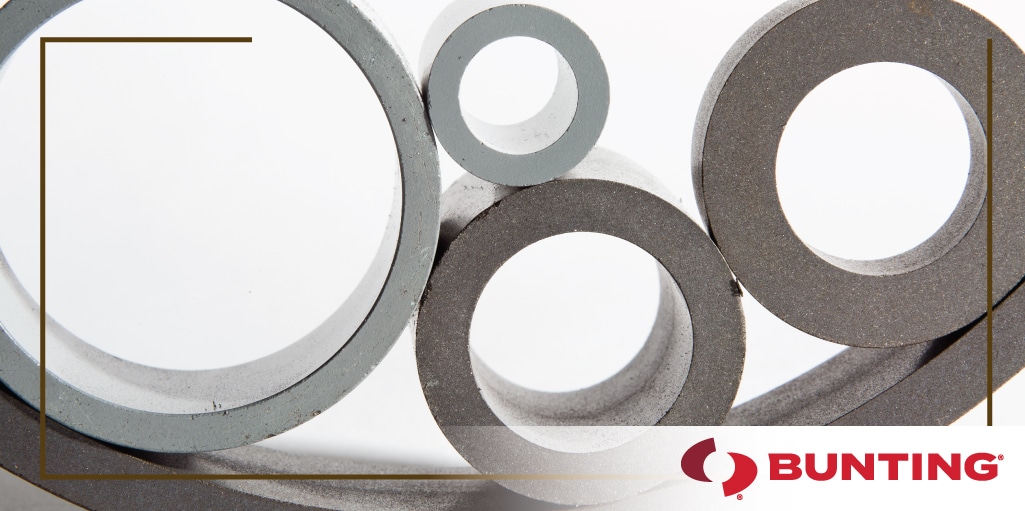Frequently Asked Questions About Neodymium Magnets
News
What are Rare Earth Magnets? Why are Neodymium Magnets Called Rare Earth Magnets?
Rare earth magnets are powerful permanent magnets composed of rare earth elements. Rare earth elements are a set of seventeen chemical elements in the periodic table, namely, the lanthanide series of metallic chemical elements. Neodymium and samarium are both found in this series of elements, thus causing neodymium magnets as well as samarium cobalt magnets to be commonly known and referred to as “rare earth magnets.”
How do you Make Neodymium Magnets? What are they Made of?
They are made from an alloy of neodymium, iron, and boron. They are produced through a classic powder metallurgy or sintered magnet process, as well as being produced by a rapid solidification or bonded magnet process. Typically, neo magnets have a protective coating added to them, such as nickel or copper nickel plating.
What is the Difference Between N35, N42, N50 and N52 Magnets?
Neodymium magnets are available in different grades. The “N” stands for neodymium, with the number referring to its grade. The grade refers to the maximum energy product a magnet can have. For example, an N42 neodymium magnet has a maximum energy product of 42 Mega-Gauss Oersted (MGOe). As a general rule, the higher the grade, the stronger the magnet.
Are Neo Magnets Durable?
Above, we mentioned that these magnets typically have a protective coating added to them. This is because neodymium magnets in their initial form are brittle and vulnerable to corrosion. They are vulnerable to rust, and it is recommended that samarium cobalt magnets are used in environments where corrosion is a major concern. If the magnets get too close to each other, they may rapidly attract to each other, causing so much force that the brittle magnets may chip and shatter. By adding protective coatings and using proper handling methods, neo magnets will be able to provide long-term reliable performance.
Are Neodymium Magnets Dangerous?
Neodymium magnets are extremely powerful, and as a result, there are certain considerations to take when handling them. If you use a pacemaker or another medical device that can be affected by magnetic fields, do not handle neo magnets. Their powerful magnetic fields may interfere with your medical device and pose a severe risk to your health and safety. Wear safety glasses when handling neo magnets if there is any risk of the magnets chipping or shattering. Keep fingers and hands out of the path of two attracting neo magnets, as severe pinching may occur. Neo magnets are not toys and children should not be allowed to handle them. When handled correctly, neodymium magnets are perfectly safe.
To learn more about neodymium magnets and selecting the best magnet for your application, contact us today.